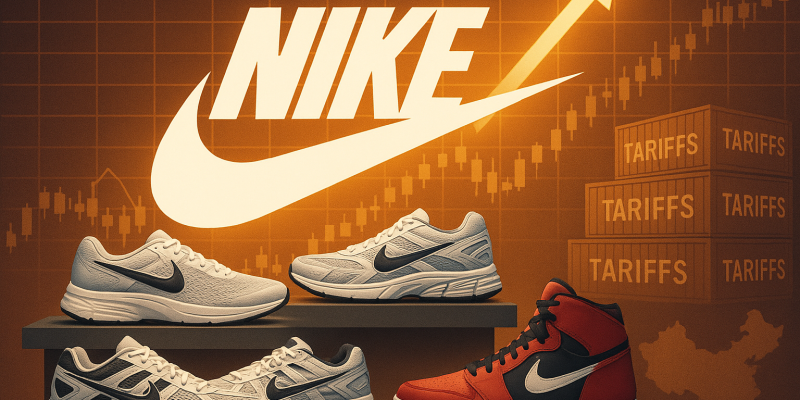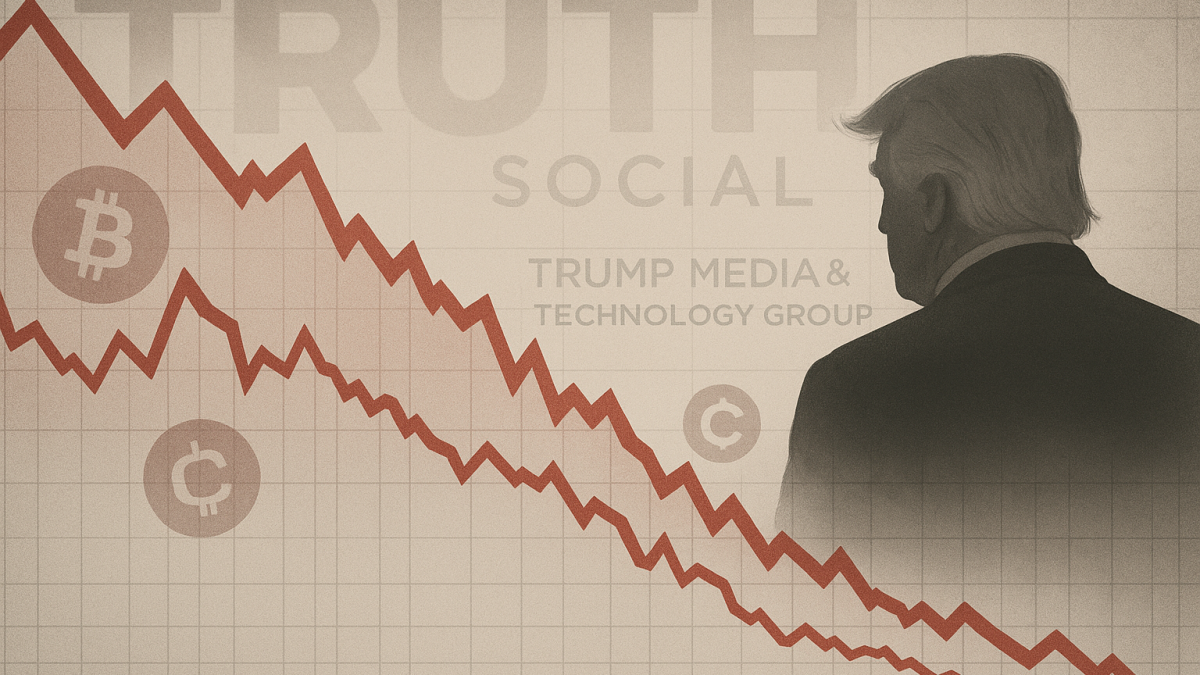
Nike Inc. shares rose more than 3% on Wednesday after the athletic apparel maker posted better-than-expected fiscal first-quarter results, topping Wall Street forecasts for both revenue and net income.
The company also signaled stronger-than-anticipated sales growth ahead, but warned of challenges from tariffs, holiday sales pressure, and weakness in its China business.
Nike shares were up 3.73% to $72.32 on Wednesday.
Earnings surprise and inventory progress
The company delivered a surprise rise in quarterly revenue and cleared low expectations for profit, aided by aggressive inventory management.
Nike said it had reduced stockpiles by 2%, with units declining more than dollar value, reflecting easing inflationary pressures.
“They have largely cleared through older franchises,” said Mari Shor, senior equities analyst at Columbia Threadneedle.
The results also marked progress in North America, where Nike returned to sales growth after about a year.
Running, training, and basketball categories each posted double-digit growth, powered by launches such as the Vomero, Pegasus, and P-6000.
Jefferies analyst Randal Konik noted that Nike is still in “the early innings of its turnaround,” with momentum beginning to build as the company sharpens its focus on sportswear innovation.
Chief Executive Officer Elliott Hill, who took charge last year pledging to return Nike to its sportswear roots, has overseen a pivot away from aging lifestyle product lines.
The strategy is resonating with retailers. “We think retailers—like the combined Foot Locker and Dick’s Sporting Goods—are reacting positively to Nike’s new running shoe lineup,” said Morningstar analyst David Swartz.
Tariffs and China present challenges
Despite upbeat earnings, Nike acknowledged significant headwinds.
The company now expects tariffs to cost $1.5 billion, up from the $1 billion previously estimated, further pressuring margins already stretched by heavy discounting to clear stock.
China remains another pressure point.
The market, which contributes about 15% of Nike’s total revenue, is struggling with a weak economic recovery and heightened competition from local brands such as Anta and Li-Ning.
Nike’s wholesale business in the country has also faltered, making it a drag on overall performance.
Chief Financial Officer Matthew Friend cautioned that the company’s investments in keeping the Chinese marketplace “clean and healthy” come at a cost, particularly if sell-through rates do not improve on a consistent basis.
Digital and direct-to-consumer struggles
Nike’s digital performance also lagged, with online revenue down 12% in the quarter.
While Hill said the company is rebalancing its digital business by reducing promotions, customer engagement remains weak.
Executives added that Nike’s direct-to-consumer business is not expected to return to growth until fiscal 2026, as the company continues to recover from steep discounting of classic models such as Air Force One and Air Jordans.
Looking ahead, Nike faces an uncertain holiday season with inflation and tariffs weighing on consumer sentiment.
Analysts expect the recovery to take longer than initially hoped. “I was looking at this fall as the real breakout point but it’s clearly not going to happen until calendar ’26,” said Swartz.
Still, the company is preparing for major global events, including next year’s soccer World Cup in North America, with plans for heavy marketing and continued product innovation.
While progress may not be linear, investors appeared encouraged by the early signs of turnaround, sending Nike shares higher despite lingering risks.
The post Nike shares surge 3% on earnings beat, but tariffs and China weigh on outlook appeared first on Invezz










